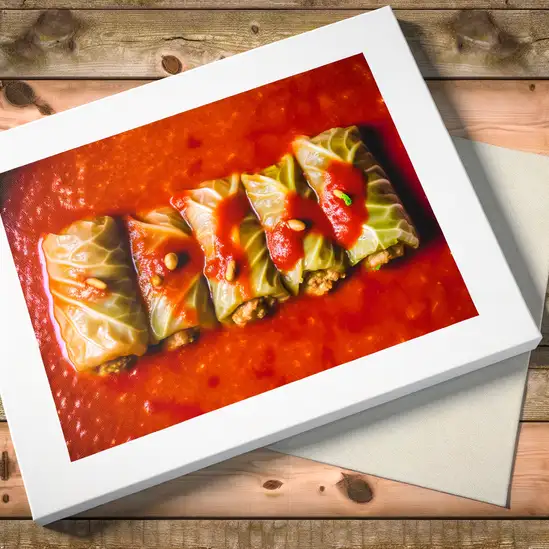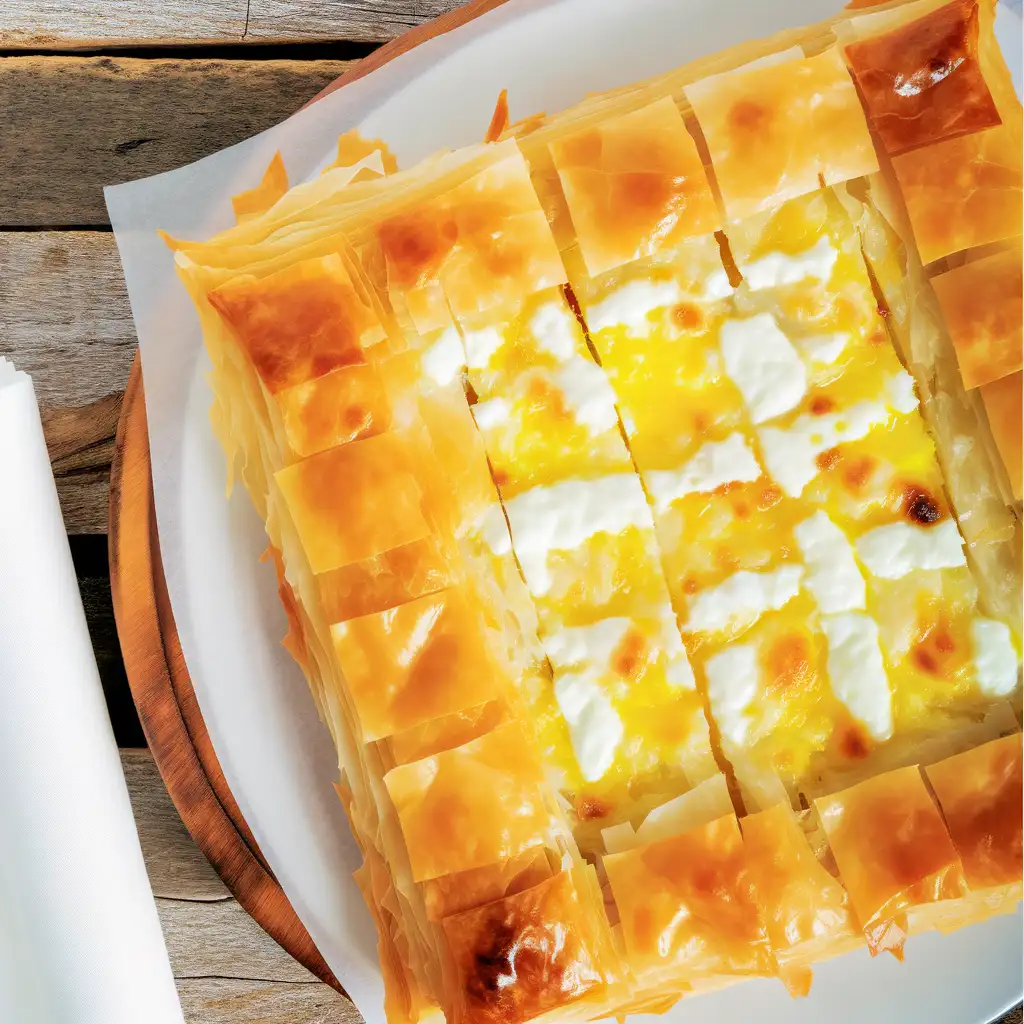


Imagine stepping into a place where history hums softly beneath the buzz of lively cafés and the scent of fresh pastries drifts through the air—that’s Novi Sad for you. This city has a relaxed,welcoming vibe that instantly makes you feel at home,whether you’re wandering its charming streets or sitting by the Danube watching boats lazily drift by. The blend of old and new is everywhere:baroque buildings stand proudly alongside vibrant street art,and the fortress on the hill offers sweeping views that make you pause and just breathe it all in. Walking through Novi Sad,you’ll hear a mix of languages and laughter spilling out from cozy taverns,where locals share stories over glasses of plum brandy or rich Serbian coffee. The markets are alive with colors and aromas—fresh fruits,homemade cheeses,and the unmistakable smell of grilled ćevapi tempting you at every corner. There’s a rhythm to the city,a gentle pulse that invites you to slow down and savor the moment. What really makes Novi Sad special is its spirit:a blend of resilience and warmth shaped by centuries of diverse cultures. It’s a place where music festivals light up the summer nights,and quiet afternoons are perfect for exploring art galleries or simply people-watching in a sun-dappled park. If you’re craving a destination that feels both vibrant and intimate,with a soul that lingers long after you leave,Novi Sad should be at the top of your list.
The information on this page is currently being reviewed by Tripkliq and should be used as a guide only
Eng word: Hello
Eng pronunciation: Zdravo
Local language: Здраво
Eng word: Goodbye
Eng pronunciation: Dovidenja
Local language: Довиђења
Eng word: Thank you
Eng pronunciation: Hvala
Local language: Хвала
Eng word: How much
Eng pronunciation: Koliko koshta
Local language: Колико кошта
Eng word: Toilet
Eng pronunciation: Toalet
Local language: Тоалет
Eng word: Help me
Eng pronunciation: Pomozite mi
Local language: Помозите ми
Eng word: Yes
Eng pronunciation: Da
Local language: Да
Eng word: No
Eng pronunciation: Ne
Local language: Не
Eng word: Excuse me
Eng pronunciation: Izvinite
Local language: Извините
Novi Sad was founded in 1694 by Serbian merchants who settled across the Danube River from the Petrovaradin Fortress, establishing a vibrant trading community.
The Petrovaradin Fortress, often called the 'Gibraltar on the Danube,' was built by the Austrians between 1692 and 1780. It is one of the best-preserved fortresses in Europe and offers stunning views of the city.
Novi Sad is known as the 'Serbian Athens' due to its rich cultural heritage. It has been a center of Serbian culture, education, and art since the 18th century.
Founded in 1826, Matica Srpska is the oldest cultural-scientific institution of Serbia. It moved to Novi Sad in 1864 and has played a crucial role in preserving Serbian culture and literature.
Freedom Square (Trg Slobode) is the main square in Novi Sad, surrounded by beautiful historic buildings, including the City Hall and the Name of Mary Church, a stunning neo-Gothic structure.
Built in 1909, the Novi Sad Synagogue is a beautiful example of Art Nouveau architecture. It now serves as a cultural venue, hosting concerts and events.
Danube Park is a picturesque green space in the heart of Novi Sad, established in the 19th century. It is a perfect spot for relaxation and enjoying nature.
The monument of Svetozar Miletić, a prominent Serbian political leader and mayor of Novi Sad, stands proudly in Freedom Square. It was erected in 1939 and is a symbol of the city's historical significance.
Established in 1923, the Novi Sad Fair is one of the oldest and most significant trade fairs in Southeast Europe, attracting exhibitors and visitors from around the world.
In Novi Sad, the most common Power Adaptor is Type C, Type F.



Cabbage rolls stuffed with minced meat and rice, slow-cooked in a savory tomato sauce.

A spicy, cured sausage made from pork, paprika, and various spices, known for its rich flavor.

A roasted red pepper and eggplant spread, typically served as a condiment or side dish.

A traditional pastry made with layers of phyllo dough, cheese, and eggs, often enjoyed as a snack or dessert.

A creamy mushroom soup that is rich in flavor, often made with local wild mushrooms.

A cherry pie made with a flaky crust and sweet, tart cherry filling, popular as a dessert.

Roasted meat, usually pork or lamb, seasoned and cooked until tender, often served during festive occasions.

A fish soup made with fresh river fish, vegetables, and spices, reflecting the region's riverine culture.
If you wander into Belgrade,you’ll immediately feel its pulse—a lively mix of old-world charm and raw,youthful energy. The city hums with life,especially along the banks of the Danube and Sava rivers,where locals gather at quirky cafés and buzzing bars that spill out onto cobblestone streets. There’s a certain warmth in the air,a blend of roasted coffee,fresh pastries,and the faint,smoky aroma of grilled meats from nearby street vendors. It’s a place where history and modernity collide,with imposing fortress walls standing guard over vibrant street art and sleek,contemporary galleries.
Walking through Belgrade’s neighborhoods,you’ll hear a medley of languages and laughter,the clinking of glasses,and the occasional street musician strumming a guitar. The city’s character is unapologetically bold—Serbs are fiercely proud yet incredibly welcoming,eager to share stories over a glass of rakija or a hearty plate of ćevapi. The markets brim with fresh produce and homemade cheeses,inviting you to taste the authentic flavors of the region.
What makes Belgrade truly unforgettable is its spirit of resilience and celebration. Whether you’re exploring the bohemian district of Skadarlija with its lively taverns or watching the sunset from Kalemegdan Fortress,you’ll sense a city that’s constantly reinventing itself while holding tight to its roots. It’s a place that invites you to slow down,soak in the atmosphere,and become part of its ongoing story.
Budapest feels like stepping into a storybook where history and modern life dance together effortlessly. The moment you stroll along the Danube River,with the majestic Parliament building glowing in the evening light,you sense a city that’s both grand and inviting. There’s a rhythm here—street musicians playing haunting melodies,the clinking of glasses in cozy ruin pubs,and the gentle splash of thermal baths that have been soothing locals for centuries. It’s a place where every corner whispers tales of empires past,yet pulses with youthful energy.
Wandering through the cobbled streets of the Castle District,you catch the scent of fresh pastries mingling with the earthy aroma of old stone walls. The vibrant markets buzz with vendors selling paprika,fresh bread,and sweet chimney cakes,tempting you to taste the rich flavors of Hungarian cuisine. Budapest’s character shines brightest in its contrasts:the elegant Art Nouveau cafés sit side by side with edgy street art,and the grand boulevards lead you to intimate courtyards where locals sip coffee and chat animatedly.
What makes Budapest truly unforgettable is how it wraps you in warmth—whether it’s the steamy embrace of a thermal bath on a chilly day or the friendly chatter in a bustling café. It’s a city that invites you to slow down,savor every moment,and discover stories hidden in its architecture,food,and people. Trust me,once you’ve felt Budapest’s pulse,you’ll carry a piece of it with you long after you leave.
Imagine wandering through a city where the old world gently brushes against the new,and every corner hums with a quiet,inviting energy—that’s Zagreb. From the moment you step into its cobbled streets,you’re wrapped in a warm,lived-in charm. The air carries the scent of fresh coffee mingling with blooming linden trees,while the distant chatter from open-air cafés spills into the streets,inviting you to slow down and savor the moment. Zagreb doesn’t shout for attention; it welcomes you like an old friend,with a smile and a story.
The city’s character is a delightful blend of Austro-Hungarian elegance and vibrant Croatian spirit. Strolling through the Upper Town,you’ll catch glimpses of medieval towers and baroque facades,while the Lower Town buzzes with modern life—art galleries,quirky boutiques,and lively markets where you can taste local cheeses,honey,and the unmistakable sweetness of fresh figs. Music often drifts from street performers,adding a soundtrack to your exploration that feels both spontaneous and soulful.
What makes Zagreb truly special is its rhythm—unhurried yet alive. Whether you’re sipping a glass of robust Croatian wine in a cozy tavern or watching the sunset paint the rooftops in shades of gold and rose,there’s a sense of belonging here. It’s a city that invites you to not just see it,but to feel it,to become part of its story,even if just for a little while.
If you ever find yourself wandering through the sun-drenched streets of Dubrovnik,you’ll immediately feel like you’ve stepped into a living storybook. The city’s ancient stone walls rise proudly against the sparkling Adriatic,and as you stroll along the marble-paved Stradun,the salty sea breeze mingles with the scent of fresh pine and blooming bougainvillea. There’s a rhythm here—a gentle hum of life where history and modern charm dance together effortlessly.
Dubrovnik’s character is woven into every corner:the clatter of café cups,the murmur of locals chatting in cozy taverns,and the distant call of seagulls overhead. You can almost taste the city in the air—briny and fresh,with hints of grilled seafood and ripe figs from the markets. Sitting at a seaside restaurant,watching the sun dip behind the fortress walls,you’ll savor dishes bursting with Mediterranean flavors,paired with a glass of crisp Croatian white wine.
What makes Dubrovnik truly special is how it balances its rich past with a vibrant present. The city’s narrow alleys invite exploration,revealing tucked-away galleries,artisan shops,and lively squares where music spills out into the streets. Whether you’re tracing the footsteps of ancient mariners or simply soaking up the golden light on a quiet terrace,Dubrovnik feels like a warm embrace—inviting,timeless,and utterly unforgettable.
If you ever find yourself wandering through Split,it’s like stepping into a living,breathing storybook where ancient history and vibrant modern life dance together effortlessly. The moment you stroll along the Riva promenade,the salty breeze from the Adriatic mingles with the aroma of fresh espresso and grilled seafood wafting from nearby cafés. Locals chat animatedly in the sun-dappled squares,their laughter blending with the distant hum of boats bobbing gently in the harbor. There’s a laid-back energy here that feels both timeless and alive,inviting you to slow down and soak it all in.
Split’s heart beats strongest in Diocletian’s Palace,a sprawling Roman fortress that’s less a museum and more a neighborhood where people live,shop,and gather. Walking through its ancient stone alleys,you’ll catch glimpses of colorful markets,artisan shops,and cozy taverns tucked into centuries-old walls. At night,the city transforms as lanterns flicker on,and the sound of live klapa singing—traditional a cappella harmonies—drifts through the air,wrapping you in a warm,soulful embrace.
What really makes Split unforgettable is how effortlessly it blends the old with the new. You can savor a plate of fresh octopus salad while watching fishermen haul in their catch,then wander to a rooftop bar for a cocktail as the sun sets behind the islands. It’s a place where every corner tells a story,every meal feels like a celebration,and every moment invites you to become part of its ongoing tale.
If you ever find yourself wandering the Adriatic coast,Kotor is the kind of place that wraps around you like a warm,familiar hug. Nestled beneath towering limestone cliffs and cradled by the shimmering Bay of Kotor,this medieval town hums with a quiet energy that feels both timeless and alive. As you stroll through its labyrinth of narrow cobblestone streets,you’ll catch the scent of fresh sea salt mingling with the earthy aroma of old stone and blooming jasmine. The sound of church bells ringing softly blends with the distant chatter of locals and the gentle lapping of waves against ancient walls.
Kotor’s charm lies in its layers—each corner reveals a story,from the faded frescoes inside centuries-old churches to the vibrant markets where vendors call out,offering ripe figs,olives,and freshly caught seafood. The city’s Venetian architecture,with its weathered facades and ornate balconies,whispers tales of a rich past,while cozy cafes spill out onto sun-dappled squares,inviting you to sip strong Montenegrin coffee or a glass of local wine.
What really stays with you is the feeling of being somewhere that’s both peaceful and full of life. Whether you’re climbing the fortress walls for a breathtaking view of the bay or simply watching the sunset paint the water in shades of gold and pink,Kotor has a way of making you slow down and soak it all in. It’s a place that lingers in your heart long after you’ve left.
Scammers may install skimming devices on ATMs to steal card information from unsuspecting tourists.
Some establishments may inflate the bill by adding items the tourist didn’t order or charging hidden fees.
Scammers may pose as representatives of fake charities, asking tourists for donations to help a cause that doesn't exist.
Tourists are offered currency exchange at rates that seem too good to be true, but they end up receiving counterfeit or outdated currency.
Unlicensed individuals may offer guided tours, providing little value or incorrect information while charging high fees.
Tourists may be charged significantly higher prices for souvenirs or local goods, especially in areas near popular attractions.
Some taxi drivers may not use the meter or take unnecessarily long routes to overcharge tourists.
Crowded areas, such as markets or festivals, are hotspots for pickpockets targeting distracted tourists.
Individuals, often with children, may approach tourists asking for money, claiming to be in desperate need, but it is part of an organized scam.
Street performers may invite tourists to participate in their act and then demand an exorbitant fee afterward.
The possession, use, and trafficking of illegal drugs are strictly prohibited in Novi Sad, Serbia. The country has stringent drug laws, and violations can result in severe penalties, including imprisonment. Even small amounts of illegal substances can lead to significant legal consequences. Tourists are advised to avoid any involvement with illegal drugs during their stay.
In Novi Sad, Serbia, smoking is prohibited in all enclosed public spaces, including restaurants, bars, and cafes. There are designated smoking areas in some establishments, but these must be clearly marked and separated from non-smoking areas. Smoking is also banned in public transportation and healthcare facilities. Violations can result in fines for both the individual and the establishment.
Vaping is subject to similar regulations as smoking in Novi Sad. It is generally prohibited in enclosed public spaces, including restaurants, bars, and public transportation. Some establishments may have designated vaping areas, but these are not as common. Tourists should look for signs indicating whether vaping is allowed or ask the staff.
What are other people saying about Novi Sad?
Recent Social posts about Novi Sad
There is nothing to show you for now.